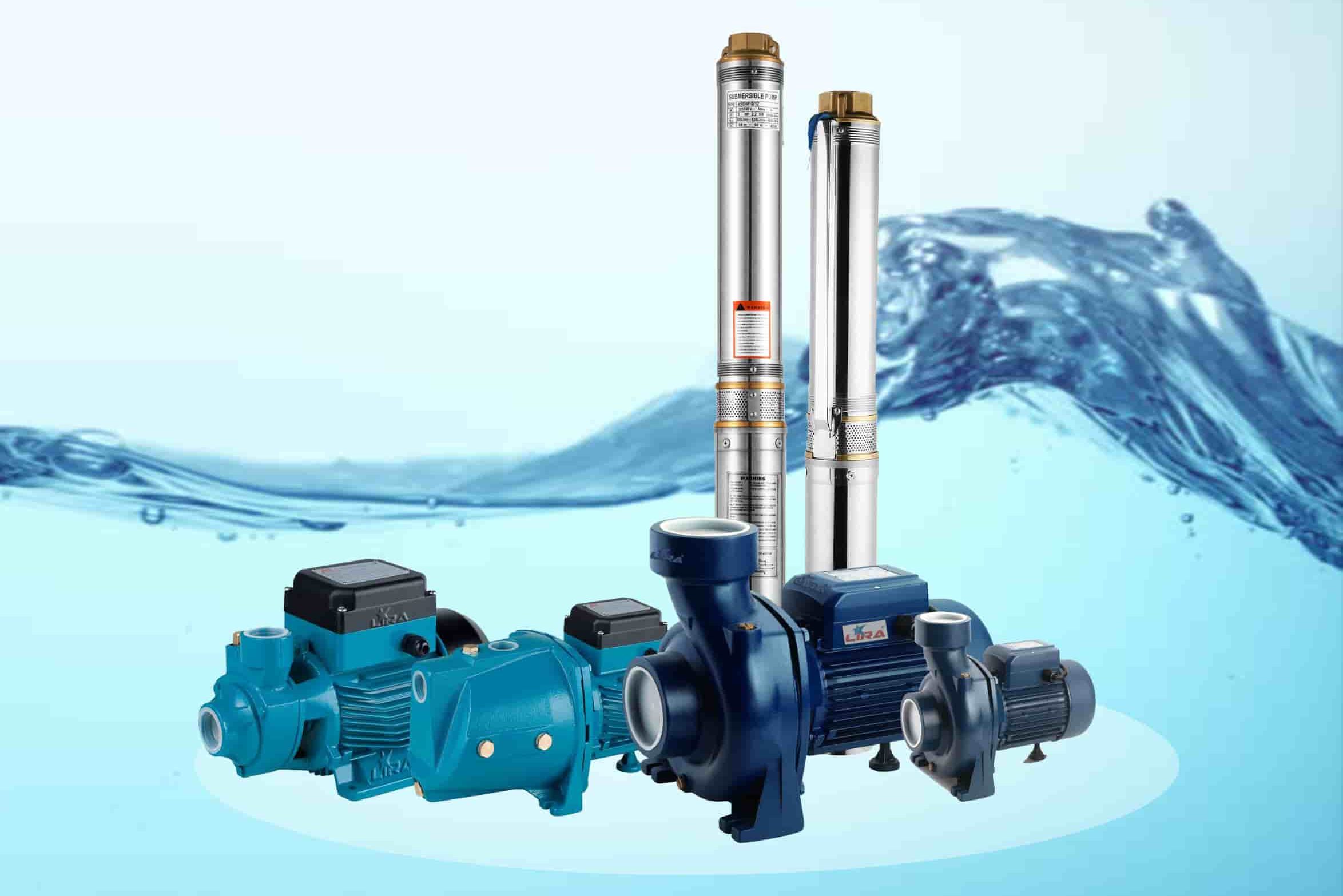With increasing international trade and customers’ requirements, sectors dealing with products with comparatively short shelf-life, such as foodstuffs, medicine, and chemical products, would have specific circumstances. Having these goods available safe and of the right quality means that there should be balanced cold chain management. In this article, I will endeavour to explain what is meant by a cold chain, why this subject is central to so many industries and how Internet of things IoT platforms are changing the way cold chain management is monitored.
About Cold Chain Management
Cold chain management is the practical method used to maintain the product temperature at required levels from the time it leaves the producer to the time it reaches the end consumer. The idea is to achieve a steady state that will provide safety and control against spoilage or degradation of these products.
Key industries relying on cold chain monitoring include:
Food and Beverage: Said to help in delaying bacterial formation and of course freshness.
Pharmaceuticals: Specifically, for vaccines and biologics, where storage temperatures are of high significance.
Chemicals: The reactivity of certain chemicals increases if exposed to changes in temperature.
The control of the temperature and overall environment of these products throughout their distribution process can be difficult to achieve. This is where a cold chain management system comes into play.
Types of a Cold Chain Management System
A typical cold chain management system encompasses:
Temperature-Controlled Storage: Products held in warehouses are kept at required temperatures by refrigeration and freezers.
Insulated Transport Vehicles: Specialized trucks, containers and equipment are used in the transport so that product are maintained at right temperatures.
Monitoring Devices and Sensors: These devices record real time temperature, humidity and any other environmental condition that the user desires.
Data Analytics Platforms: The latest systems make use of data collected to make some recommendations, to monitor patterns, or to notify the interested parties about emerging problems.
How IoT Platforms Transform Cold Chain Management
The integration of the IoT platforms has significantly enhanced the methodology of the cold chain system in food productivity. IoT enables different devices and sensors to report data, monitor and predict actions in real time and remotely, changing the industry. Here’s how:
1. Real-Time Monitoring
Sensors in IoT are placed on storage units, transport vehicles, and containers monitor parameters such as temperature, humidity as well as vibration. This data is transmitted to an IoT hardware platform that aggregages, analyzes and visualizes it in real time.
Example: Consider vaccines during transport from a cool and controlled temperature environment to a hot and sunny environment. Through its IoT sensors, the company can identify any change in temperature that requires logistics teams to make changes to the conditions.
2. Automated Alerts and Alarms
IoT based cold chain management systems can cause real time notifications if the temperature differences from the set limits occur. If a refrigeration unit being transported experiences some failure such as a technical problem, the IoT platform can notify the operators thus avoiding perishage.
3. Predictive Maintenance
They use big data to analyze the historical and present data of equipment and provides the required patterns that may suggest failure of the equipments. It reduces the amount of time that equipment is out of service while guaranteeing it performs optimally, important in preserving items that are sensitive to heat.
4. Improved Data Capture and Reporting Regulation
Such industries as the pharmaceutical one has certain strict requirements concerning storage and transportation. Automate the data that must be recorded for compliance will be possible using IoT based cold chains to free enterprise from the task of having to record the conditions manually.
5. Improved Decision-Making with Data Analytics
Internet of Things sensors are used to collect data which is then retained in the cloud, which helps companies to understand the patterns in their supply chain variables. I want to stress that based on big data analytics, it is possible to uncover weaknesses, accelerate delivery times and minimize waste.
Key Benefits of Cold Chain Management Systems Using IoT Platforms
1. More Accurate and Improved Products
This means that by controlling the temperature starting from the storage, transportation and display, firms can prolong the freshness of their products, and therefore retain customer satisfaction. This is important in cases of food items to avoid health dangers as well as effective drug delivery.
2. Reduced Costs and Waste
Modern technology such as Internet of Things (IOT) has made it possible for cold chain management leading to less losses due to perishable products. Predictive maintenance minimizes downtime as well as expensive repairs; data analytics add efficiency to the supply chain to lower expenses.
3. Regulatory Compliance
Cold chain systems whose processes are connected through the Internet of Things offer convenience by offering real-time as well as the past data log that may help a company meet the set compliance standards and avoid penalties.
4. Sustainability
The effective cold chain management systems go a long way, in avoiding wastage, which is an advantage to the environment. Less spoilage of food means less food wasted and that is a key aspect of sustainability of the supply chain.
Conclusion
The cold chain management system is significant in industries that rely on the QUANTITY and QUALITY of sensitive products. These IoT platforms have greatly assisted in managing and monitoring cold chains by presenting real-time information of the environment, and accurate and efficient predictions in addition to handling compliance and cutting costs, therefore maintaining product quality by minimizing wastage.
Concerning the IoT technology in the future, cold chain management systems will immensely be developed and offer the global chain new chances for efficiency and cost and minimized wastage in food and medicine supply. In this way we can affirm that with the help of IoT based solutions companies can sustain a position in already saturated market and deliver what people expect from the final product.




